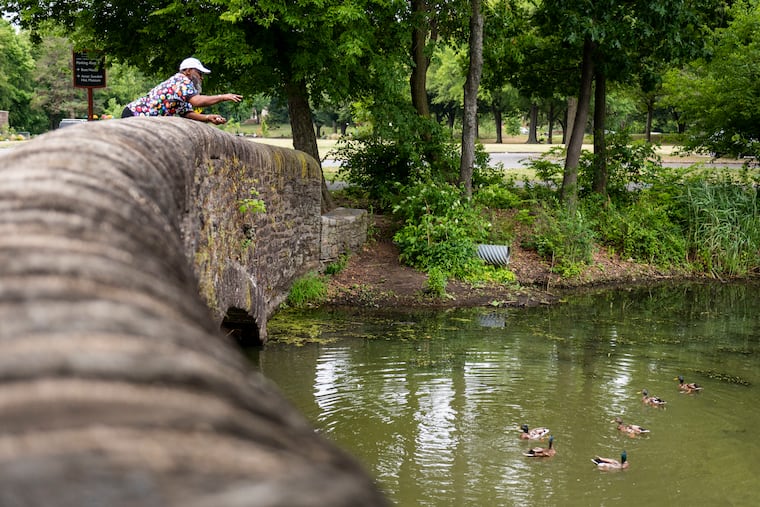Sports fields are an integral part of new FDR Park plan | Editorial
Criticism of the park's redevelopment plan, which was drafted with environmental resiliency and usability for visitors in mind, is misguided and unfair.

Franklin Delano Roosevelt Park has long been a community asset for South Philadelphia — offering millions of yearly visitors a place to gather, play, and enjoy nature. But like many public amenities in the city, for far too long it’s been seemingly held together by little more than hope.
A new $250 million plan promises to change all that — restoring much of the original Frederick Law Olmstead-inspired design, utilizing native flora and fauna, and adding playing fields for local sports leagues.
Critics of the renovations at the park say that the additions of those fields and other changes will rob the 110-year-old space of much of its traditional character. But despite those assessments, it’s essential that city officials move forward with their plans to overhaul FDR — not least of all because the modifications that are being put in place will also help the city manage stormwater runoff for much of South Philadelphia.
» READ MORE: The redesign of FDR Park is the kind of planning Philly should get behind | Editorial
At issue is the creation of what park officials are calling the Great Lawn, a massive expanse of continuous green space that would be easily accessible from Broad Street. It would provide residents with a comfortable place to host picnics and play pickup sports, with on-site public restrooms available.
This new feature will be created by moving the sports fields and tennis courts that currently occupy the space. While these fields have long served as a vital resource for local teams, the teams have rallied behind the proposal because of the high cost of keeping the fields dry. To help mitigate the effects of flooding, the proposal includes the installation of artificial turf fields and new wetlands, complete with Americans with Disabilities Act-accessible trails.
At the start of the process, the idea of relocating existing sports facilities and building new ones was uncontroversial. The park’s golf course seemed like an ideal place to put new fields, a new playground, and new picnic areas. The course struggled to turn a profit and had even fewer users after the closure of the Navy Yard, where most of the course’s players were based. Rising water levels also meant that its existence was no longer tenable.
During the pandemic, however, the golf course saw an uptick in use. In 2022, when officials began moving forward with a redesign of the park that included eliminating the course, opposition to the plan turned into a cause célèbre. The proposal, which initially had few critics, became a lightning rod.
Much of the condemnation of the redesign, however, is off-base, unfair, or untrue. The wetlands plan is not only designed for environmental sustainability but is also an ecological necessity.
» READ MORE: For safety’s sake, it’s time to curtail traffic in Philadelphia’s parks | Editorial
Water runoff from all over South Philadelphia will flow through the wetlands, which are already beginning to attract birds, insects, and aquatic life from nearby ecosystems. The thousands of new trees, all of which have been selected after extensive testing for suitability by the city and the forestry service, will help soak up stormwater and help safeguard the region against the effects of global warming.
Wisely, the FDR Park plan has been crafted with resiliency, usability, and maintenance in mind.
Given the level of effort and the considerable need, it is time to build an FDR Park that Philadelphians can cherish for generations to come.